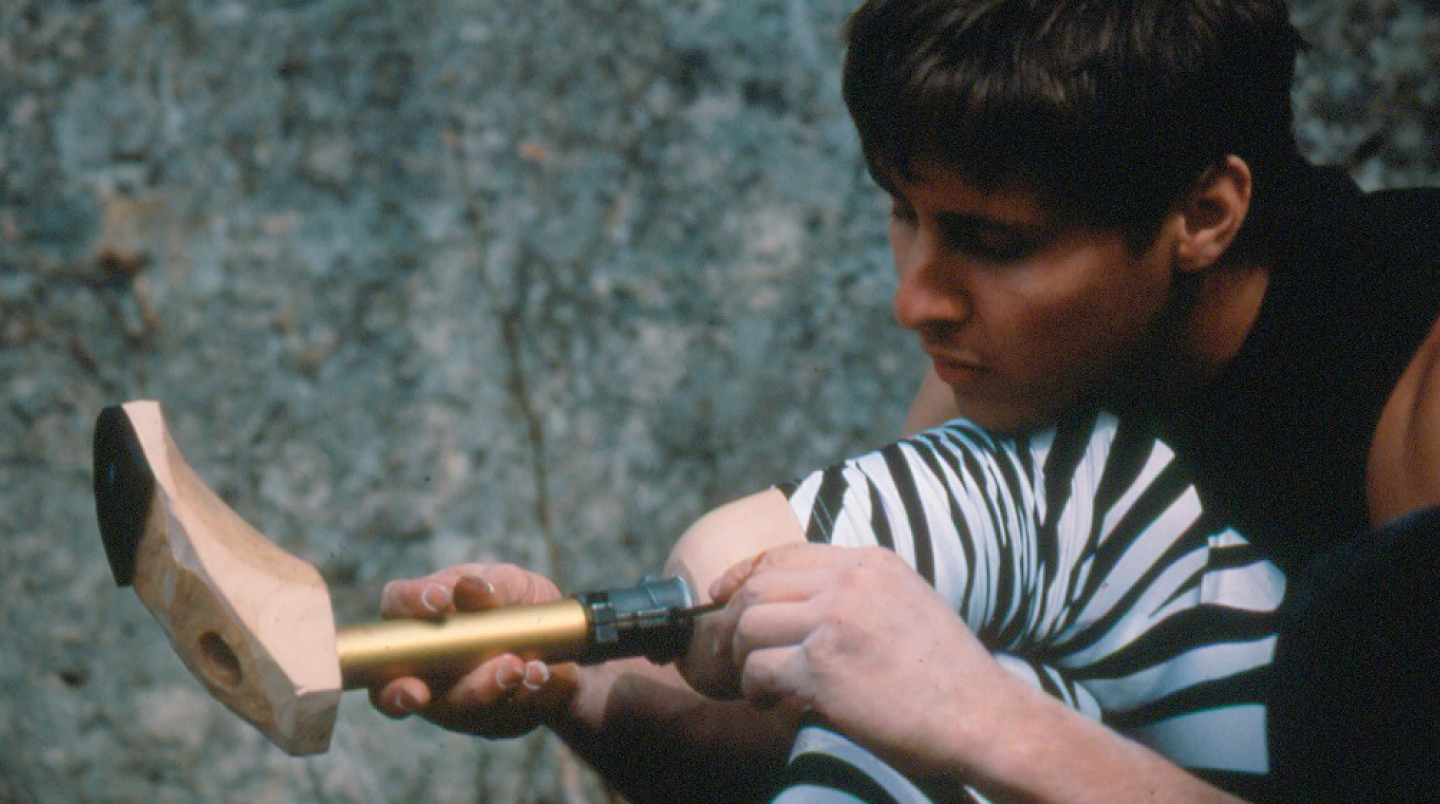
Profound life-altering moments don’t happen every day—they don’t even happen to every person. For Hugh Herr, an expert climber and MIT professor who now specializes in prosthetic limb technology, a monumental turning point came early.
In 1982 Hugh was already a standout climber at age 17. But that winter would mark the major turning point of his life. In January he and a friend had successfully climbed an ice route just below the summit of Mt. Washington in New Hampshire, a mountain infamous for its frigid and fickle weather. Near the peak a blizzard moved in rapidly, catching them unprepared. They misjudged their descent in the white-out conditions, got lost, and had to fight for survival through three nights of -29C temperatures.
While the climbers huddled in a cave, elite volunteers from the Mountain Rescue Service with deep knowledge of the area—but no way of knowing Hugh’s location—split up and searched the mountain. While searching, an avalanche roared down on one of the groups, claiming the life of a volunteer rescuer and beloved climber, Albert Dow.
Hugh and his partner were eventually found alive, though he lost both his legs below the knee to frostbite. His friend survived with similar injuries. Though alive, Hugh’s mind reeled with the death he felt responsible for. “It transitioned to shock and to rage at myself for making bad decisions in the mountains and really putting others at risk.”
“It was the lowest point in my entire life.” But during those darkest months, he would commit his future years to helping other people. “I took on the view that I was going to use every cell in my body to do something positive in my life. I thought it would be a degradation to Albert’s memory if I didn’t do so.”
He also got back into climbing. “That rage drove me, ironically, to climbing again—with artificial legs.” He fiddled with his prosthetics from the beginning, making them work on rock faces, until he was able to do things on the mountain he hadn’t been able to do before. He’d always studied techniques, conditions, and maps; now he was a student of prosthetic technology as well.
Now, decades later, Hugh has a Masters from MIT, a PhD from Harvard in biophysics, and he’s one of the world’s leading developers of prosthetic limbs. “I’m in the area of assistive and augmentation technology–it’s when you build robots that attach to the body.”
He’s never stopped climbing—his prosthetics give him every ability he needs on rock. And he’s never let up on his promise to do good: his work in prosthetics and biophysics has led to breakthrough advances in bionic limbs that help people move their bodies the way they’re meant to, enabling them to live richer lives regardless of their disabilities.

 That rage drove me, ironically, to climbing again—with artificial legs.
That rage drove me, ironically, to climbing again—with artificial legs.












